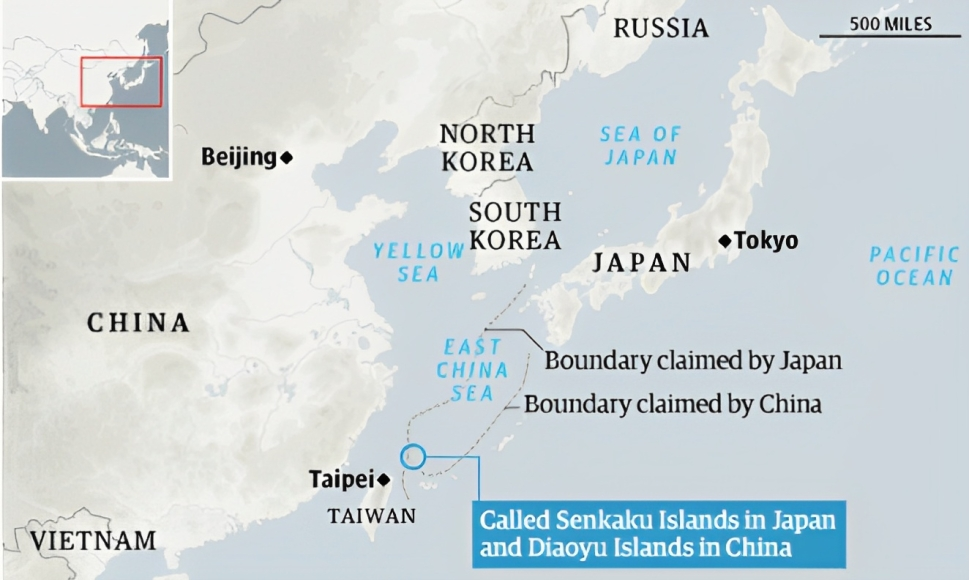Free Courses Sale ends Soon, Get It Now


Free Courses Sale ends Soon, Get It Now



Copyright infringement not intended
Context: The Senkaku Islands, also known as Diaoyu Islands in China, are a group of uninhabited islands in the East China Sea that are controlled by Japan but claimed by China. The isl
ands have been a source of tension between the two countries for decades, especially since China began to send its coast guard vessels to patrol the waters around them.
Details
China Coast Guard
Japan Coast Guard (JCG)
Senkaku Islands
Japan claims
China and Taiwan Claims
Concern
Way Forward
|
PRACTICE QUESTION Q. Disputes over “Senkaku Islands” seen in the news. The islands are located in; A) The South China Sea B) The Philippines feet C) The Sea of Japan D) The East China Sea Answer: D Explanation: The Senkaku Islands are a group of small, uninhabited islands in the East China Sea that have been the subject of a long-standing territorial dispute between Japan, China and Taiwan. |
© 2024 iasgyan. All right reserved